ESA astronauts: who are they? Everything you wanted to know about the space avant-garde of Europe
26th Oct 2022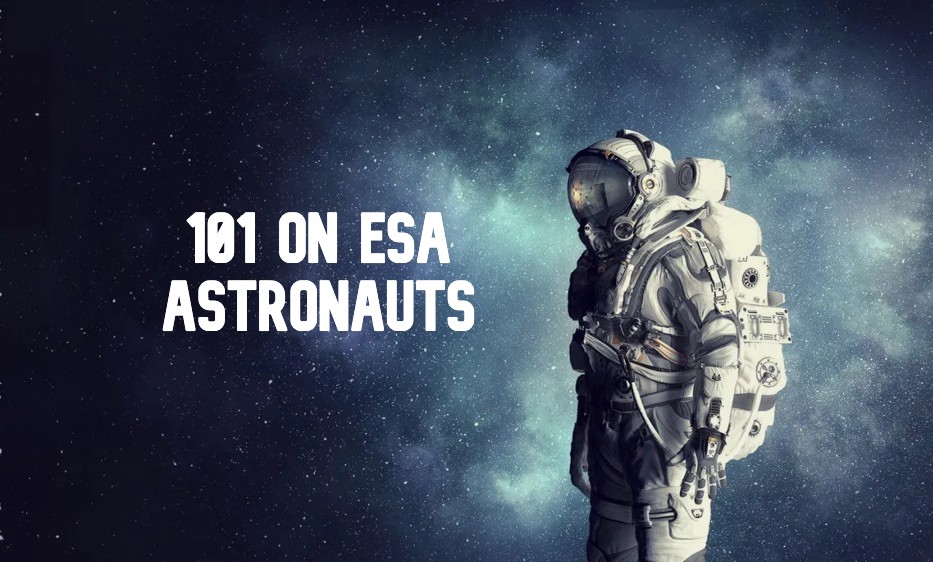
Astronauts are brave and strong-spirited people who are at the forefront of space exploration. Yuriy Gagarin, Neil Armstrong, Buzz Aldrin, John Glenn, Scott Kelly, Thomas Pesquet, Helen Sharman… The list of heroes who have been in space today has almost 600 names and continues to grow. Astronauts are selected and trained by the world’s four leading space agencies. If you are an American, NASA is waiting for you, Russian — Roscosmos, Chinese — CNSA, European — ESA (European Space Agency). The ESA astronaut list is not long yet, but this is only the beginning of the European journey into space.
Since the UK is one of the founding members and an active contributor to the ESA, we believe you will be interested to know who is an ESA astronaut, what is his mission, who are the most famous Europeans who have been in space, and how to join their ranks.
How often do the ESA recruit astronauts?
The European Space Agency has existed since 1975 and now unites the space research efforts of 22 EU countries, as well as the UK, Norway, Switzerland and Canada. Initially, ESA positioned itself solely as a research organization and did not aim for manned space flights. At that time, astronaut teams existed only in the USSR and the USA, so the main difference between the first ESA astronaut selection, held in 1977, was that European applicants were selected to fly on foreign ships — in this case, on the NASA Space Shuttle under the Spacelab program.
The first selection included Merbold Ulf Dietrich (FRG), Wubbo Johannes Ockels (Holland), and Claude Nicollier (Switzerland). All of them eventually took part in the missions, while Merbold and Nicollier participated more than once.
The second selection, which included six astronauts, was already carried out by the European Astronaut Center (EAC), specially created by ESA in May 1990 on the basis of the German Aerospace Agency (DLR) to train their own astronauts. And in 1998, the ESA member countries participating in the ISS program decided to form a single European Astronaut Corps, which united 16 applicants: experienced astronauts from the disbanded national detachments of France, Germany and Italy, and some astronauts from the ESA-2 recruitment.
The fourth ESA astronaut selection, which took place in 2009, added six new names to the squad, after which the list of applicants was not replenished until 2021.
At the moment of the 5th selection, which is being held now and should be completed at the end of this year, the squad includes seven active astronauts from the 4th intake. All of them have been in space and kept watch on the ISS.
ESA astronaut selection statistics
| Selection | Period | Applications submitted | Selected |
| ESA-1 | 1977-78 | >2000 | 3 |
| ESA-2 | 1989-92 | 4239 | 6 |
| ESA-3 | 1998-2002 | – | 13 |
| ESA-4 | 2008-09 | ~10000 | 7 |
| ESA-5 | 2021-2022 | >22 500 | 4-6 |
ESA astronaut requirements
To qualify for the ESA astronaut job, you must meet the following requirements:
- age up to 50 years;
- height 150-190 cm;
- normal weight (body mass index from 18.5 to 24.9);
- fluent written and oral knowledge of two languages (English required);
- a master’s degree in science, medicine, engineering, mathematics/IT (plus three years of professional experience) or test pilot accreditation;
- hearing 25 dB or higher per ear;
- a second-class medical certificate issued by an aviation medical examiner certifying that the candidate has no contraindications for obtaining a PPL (Private Pilot Licence);
- strong motivation and willingness to work overtime;
- readiness for frequent trips, long-term work away from family and separation from normal social life;
- readiness to work at different workplaces;
- strong physical and mental health, excellent motor skills, endurance, stress resilience;
- willingness to participate in experiments;
- excellent communication skills and ability to take action to protect ESA interests.
An ESA astronaut application can be submitted by a citizen of any of the agency’s member countries and associate members. ESA astronaut candidates can be male, female, and, starting from the fifth preselection, people with disabilities. Educational and psychological ESA astronaut criteria for future parastronauts are the same as for ordinary ones. With regard to physical disorders, people with an amputation or a developmental disorder of one or two lower limbs below the ankle or below the knee, with different leg lengths and shorter than 130 cm, can participate in the selection.
How does ESA astronaut selection go?
The selection of applicants takes place in four stages, upon completion of which, out of several thousand people, 4-6 career astronauts and about 20 reservists should remain, including one parastronaut (they are selected for the first time in the 5th recruitment):
- Screening. It is carried out based on the submitted documents, the application form and the selection questionnaire. At this stage, over 90% of the participants are eliminated.
- Initial tests: cognitive, technical, coordination, and personality tests. Weed out other ⅔ applicants.
- Additional tests. Include psychometric and practical, both individual and group, exercises. At this stage, the number of applicants is reduced by another four times.
- Medical tests. Assess the physical and psychological state in connection with long-term astronaut flights.
The final selection stage includes a final interview with the ESA CEO.
How long is ESA astronaut training and what does it include?
The astronaut training includes three main stages: basic training, preliminary training, and additional training (assigned crew). Usually, the whole process of training takes 3-4 years. Only after that will you be allowed to fly.
Basic training
Includes a theoretical study of all systems’ operation, including ground control. This stage also develops the skills necessary to perform specific tasks on the ISS, such as spacewalks, robotics control, spacecraft rendezvous and docking.
Preliminary training
Involves a more in-depth specialized study of the functions and skills required for any flight on the ISS, including operations with resources and data, payload, navigation, maintenance of station equipment, and medical aspects.
Additional training
Starts after an astronaut is assigned to a mission. At this stage, future astronauts practice the launch of spacecraft components, including monitoring, maintenance, and repair of failed components, safe living on board, and emergency procedures.
Physical and psychological training
Generally carried out at the stages of preliminary and additional training. Includes training of up to eight hours per day underwater to simulate microgravity, using scuba gear or an extra-vehicular mobility module (EMU or space suit). For this, the ESA astronaut will have to pass a physical swimming test. Analogue courses are also provided:
- ESA CAVES (research mission in an underground cave to assess and practice human behaviour and skills to work in extreme conditions),
- NASA NEEMO (living at the underwater research station for two weeks),
- ESA PANGEA – geological training under conditions simulating environments on the Moon and Mars surfaces.
But the most severe test is considered to be flight training in a parabolic aircraft to simulate microgravity and get used to the conditions of weightlessness. NASA nicknamed such a device Vomit Comet. It’s easy to guess why.
What do ESA astronauts do?
Space technology is rapidly evolving, so astronauts always have a lot of work to do and more to come. The current ESA strategy includes three areas of space exploration — low Earth orbit, the Moon, and Mars. In this regard, the responsibilities of the ESA astronaut in the long term include:
- various activities on board the ISS, ranging from scientific experiments in human physiology and biology to technology demonstrations and station maintenance activities.
- maintenance of the European service modules of the NASA Orion spacecraft in the Artemis lunar mission;
- setting up and running experiments inside and outside the Lunar Gateway;
- landing on the lunar surface and supporting ground missions, deployment, operation and maintenance of robotic equipment; field geology, collection and shipment of lunar samples;
- preparation for flights to Mars;
- public relations.
There are mostly career ESA astronaut missions. Reserve astronauts will focus on shorter missions and will also become ESA Ambassadors to highlight and promote the organization’s research activities in their countries.
How much does an ESA astronaut make?
The average ESA astronaut salary is two times higher than the average salary in the UK. A recruit will earn starting from 54 thousand pounds a year, and an experienced astronaut who has already flown into space, up to 78 thousand pounds. Besides, this income is exempt from national income tax in all ESA member states. Read more about how much astronauts are paid in different space agencies and countries in our separate article.
How to become an ESA astronaut?
Although the ESA astronaut career pays well, it is hard, painstaking work that has little to do with our childhood dreams. However, the 5th selection showed that the number of people wishing to fly into space keeps growing — in particular, 2000 people submitted applications in the UK. Unfortunately, as of today, the application is already closed, but this does not mean that you will not have a chance to try your luck in the next ESA astronaut selection. So how to apply to be an astronaut in the ESA?
ESA astronaut application: tutorial
If you are sure that you meet all the requirements, create an account and upload the documents indicated in the job posting, namely:
- CV in Europass format,
- motivation letter,
- a copy of the passport,
- Part-MED class 2 European medical certificate (for private pilots) issued by an aviation medical examiner or aviation medical centre. UK CAA, Canada CAR and FAA USA private pilot certifications are also equivalent.
ESA strongly recommends for the motivation letter be concise and up-to-date, closely corresponding to the requirements of the astronaut vacancy.
British ESA astronauts
Only a few become astronauts, but their example is a great motivation for other people. British ESA astronaut Tim Peake inspires thousands of our compatriots to dedicate their careers to space exploration.
After all, even if you do not get into the space avant-garde of Europe, ESA still needs thousands of other experts whose contribution is just as important as everyone else’s because the success of each mission is the result of a common effort and not just one ESA astronaut. Once you come to understand this, you will excel at anything, whether on Earth or in space.
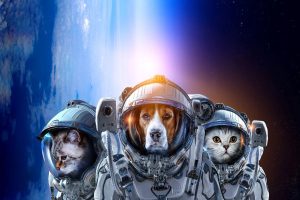
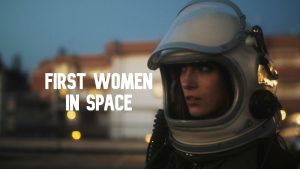
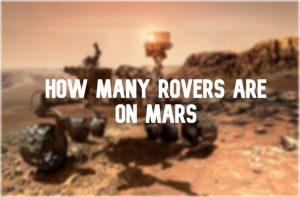

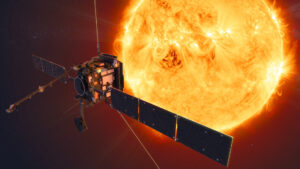

Thank you for your comment! It will be visible on the site after moderation.